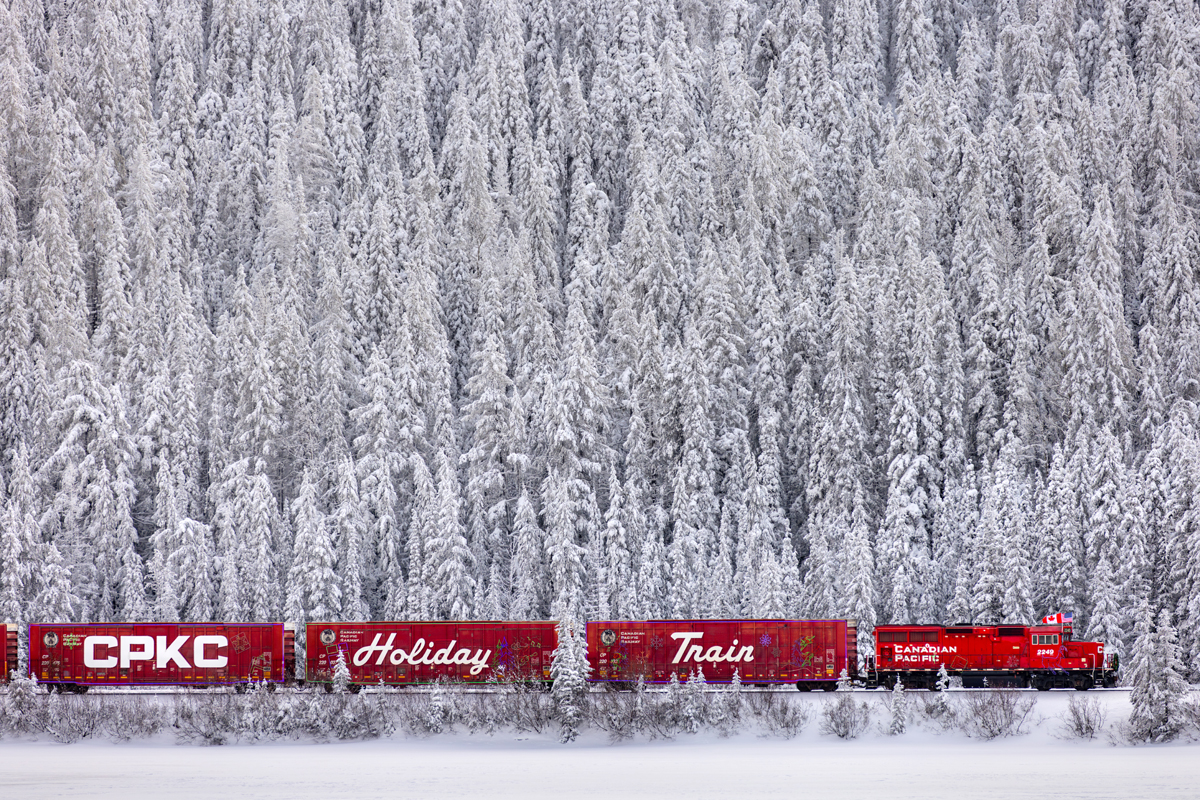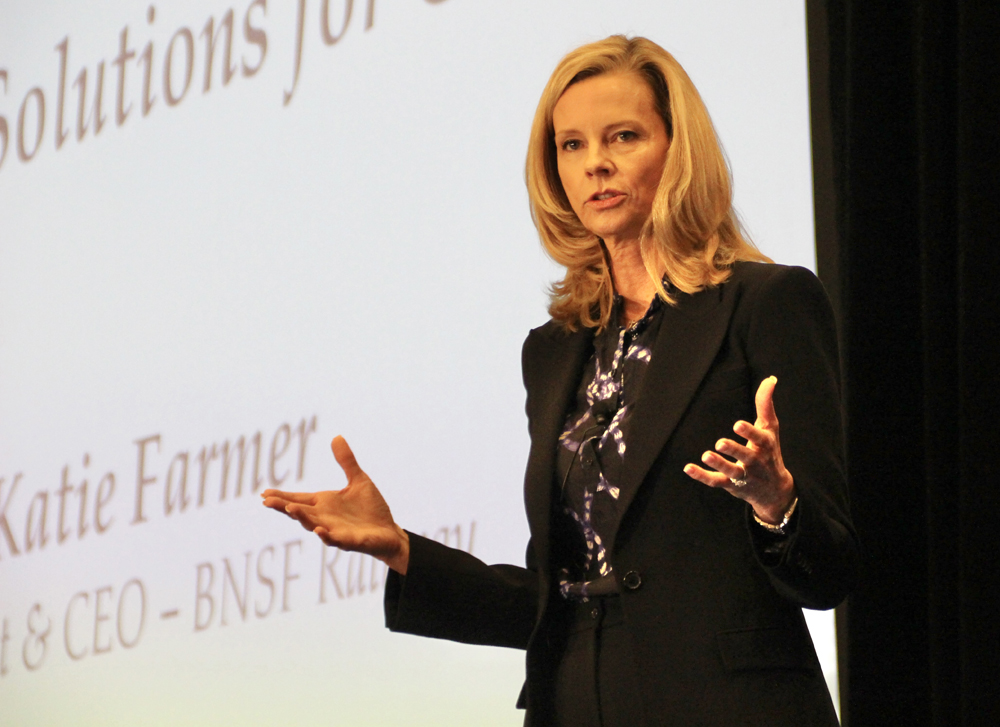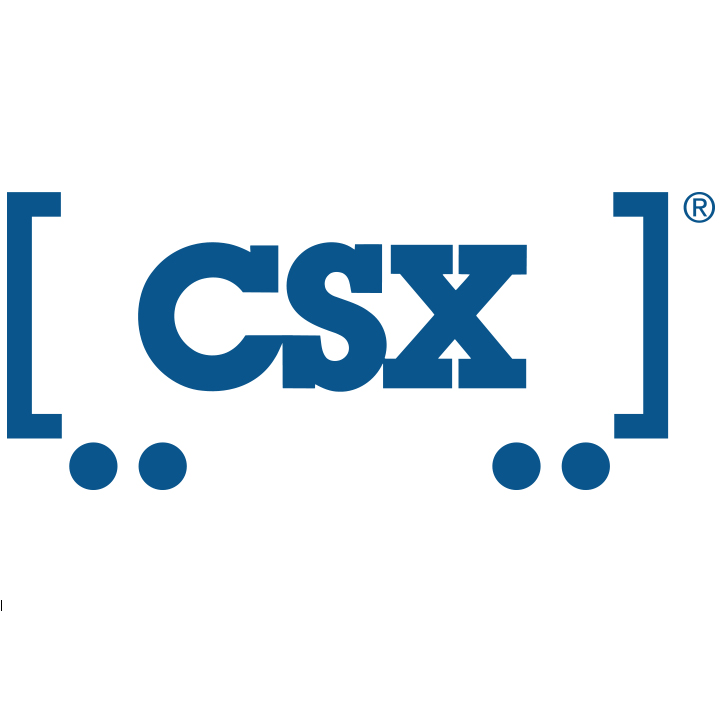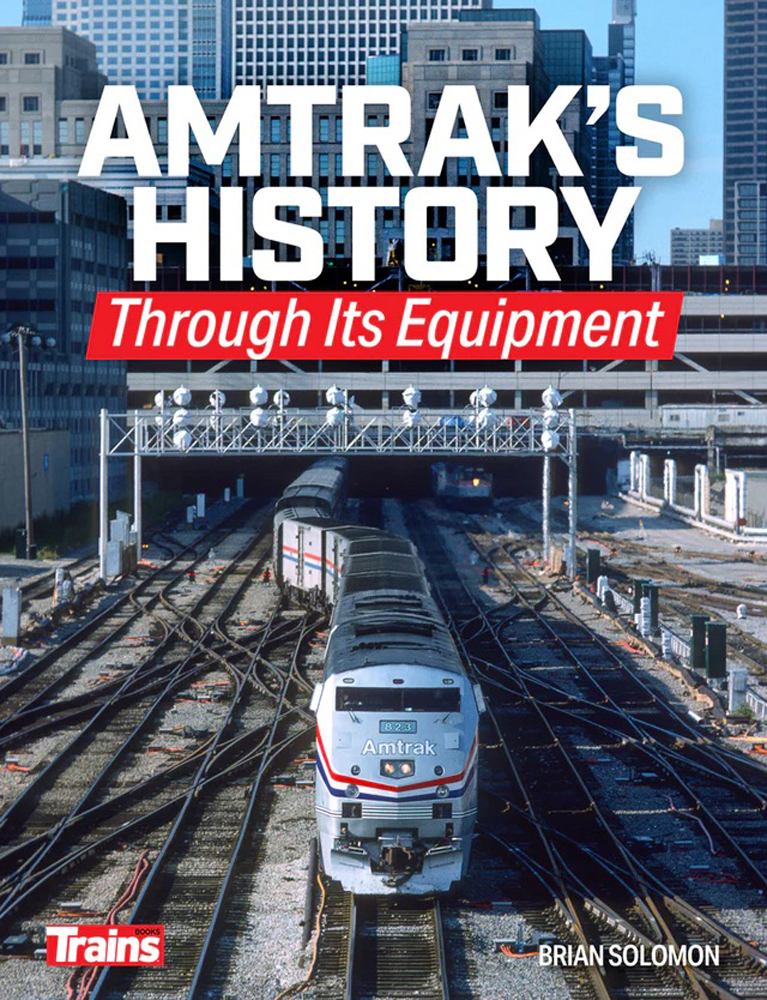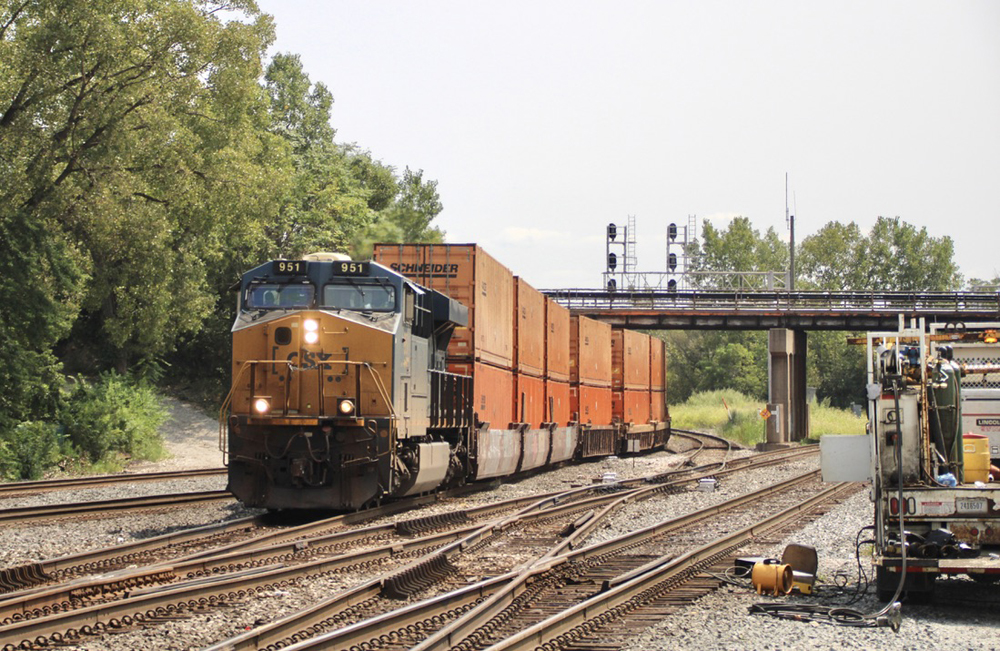
Amid merger speculation and ongoing freight doldrums, CSX will continue to focus on its own growth, service, and operations initiatives, Chief Commercial Officer Kevin Boone told an investor conference today.
“Despite a trucking market that’s not really helpful right now … we are seeing truck conversions coming in every week,” Boone says. “I think that only accelerates as we get into the next year and really capitalize on the service that we’re delivering today.”
CSX is using algorithms to find the intermodal sweet spot where balancing faster transit times and costs leads to volume growth.
“We’ve got to find ways as a team to really find our own opportunities. We can’t just rely on the economy to help us. We’ve got to gain share,” Boone says.
One way to gain share, he says, is through transload business that extends the railroad’s reach. “It’s far outgrowing our core business today,” he says, despite the soft truck market.

Efforts to gain chemicals transload business through the 2021 acquisition of Quality Carriers, the nation’s largest bulk liquids trucking company, are starting to pay off. “We’re seeing pretty extraordinary … growth,” Boone says. “Maybe not in triple digits, but close to that on a year-over-year basis, which is exciting.”
CSX also is working to capitalize on its strong industrial development pipeline, which is expected to add between 150,000 and 300,000 carloads annually by 2027. The industrial renaissance is reversing the long-term trend of a dwindling rail-served manufacturing base.
And that, Boone says, will have a significant impact on the railroad. Only 15% to 20% of goods coming into the U.S. through East Coast ports move inland via rail.
“If these goods are now being manufactured, I’ll say in the Midwest or the Southeast, not only do we potentially move the input products that go into manufacturing those goods, we also get to have the outbound into the East Coast population centers from the Midwest and Southeast,” Boone says.
CSX’s overall volume is flat for the year, but up 1% for the third quarter to date thanks to 4.2% growth in intermodal traffic, according to its latest Association of American Railroads weekly carload report.
A Bounce for Utility Coal
CSX’s overall coal volume — which is evenly split between export metallurgical coal and domestic thermal coal — was up 1% in the second quarter.
But that doesn’t tell the story: Export coal was down 5%, while domestic utility business was up 7%.
CSX’s utility coal is rebounding for several reasons. First, natural gas prices are rising, which makes coal more competitive for electricity generation. Second, demand for power is rising as more data centers are being built to support artificial intelligence. Third, the Trump administration has eased environmental regulations.
“We still see very, very strong demand into the Southeastern utilities, and that continues to be a really good story for us that hopefully will continue through the remainder of the year and into the next year,” Boone says.
Coal-plant utilization has dropped over the past few years amid low natural gas prices and an increase in electricity produced from renewable sources. Boone says there’s an opportunity for CSX to pick up additional coal volume if utilization rates rise to 60% from the current 40%.
“You know, the pressure to idle those plants or even ratchet down utilization is not there,” Boone says. “We’re feeling that, given some of the demand that we’re seeing here that we think is going to continue for the years ahead.”
Rival Norfolk Southern also is seeing a revival of its domestic utility coal volume, which was up 23% in the second quarter.
“Utility coal is really strong right now,” NS Chief Financial Officer Jason Zampi told an investor conference in June. The growth, he said, was due to utilities rebuilding depleted stockpiles after a cold winter and rising natural gas prices.
Boone today limited his merger comments to repeating what CEO Joe Hinrichs said on the railroad’s second quarter earnings call last month: CSX is open to all ways to create value for shareholders while remaining focused on generating profitable growth and improving service.
“I can tell you that the board is highly engaged and is well advised,” Boone told the Deutsche Bank transportation conference.
Earlier this month CSX declined to comment on reports that Goldman Sachs was advising the railroad on its merger options. Analysts expect that BNSF will eventually seek to acquire CSX in response to Union Pacific’s proposed $85 billion deal to acquire Norfolk Southern.






